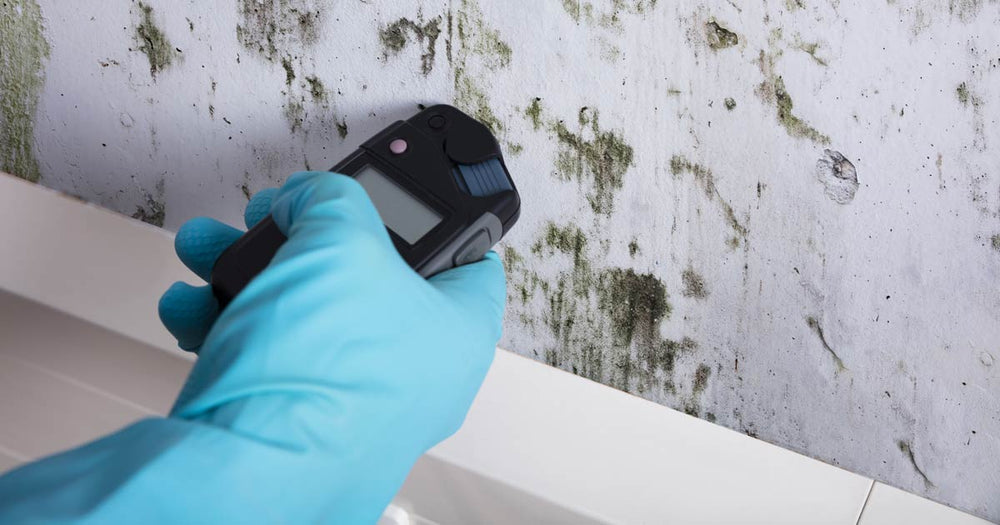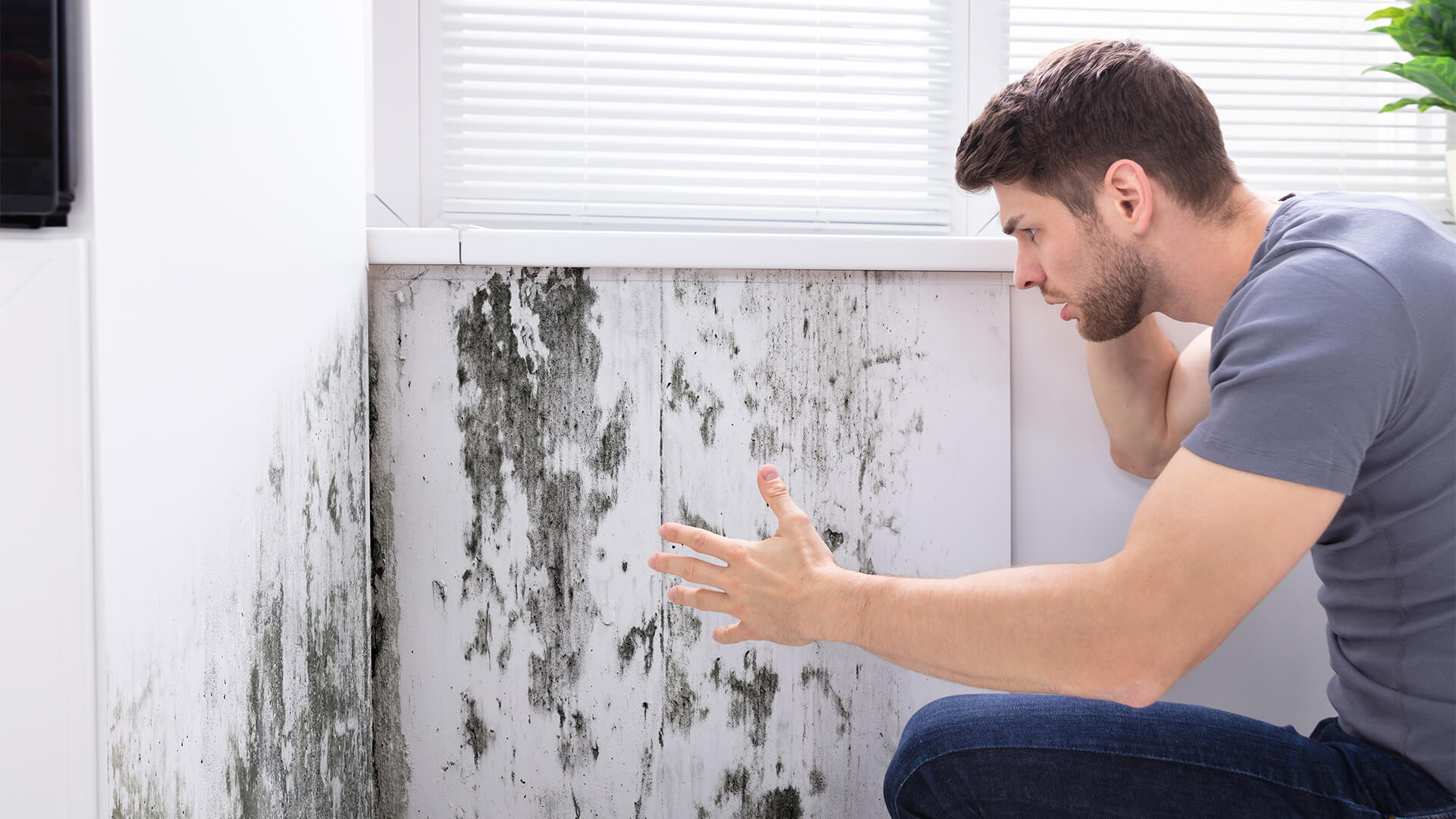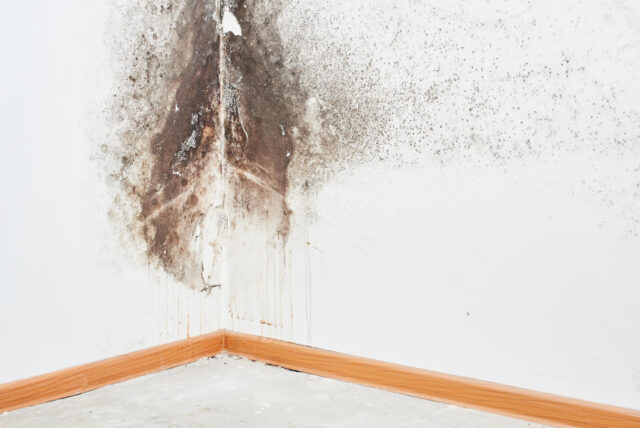Indoor air quality is a vital element of our overall well-being, yet many homeowners remain unaware of the potential hazards lurking within their walls. One particularly insidious threat is black mold—a silent intruder that can wreak havoc on health and comfort.
From a faint musty odor to increasingly severe respiratory issues, the signs of black mold infestation can be deceptively subtle at first. But how can you discern if this toxic fungus is compromising the air you breathe? In this article, we will explore the telltale indicators of black mold contamination, empowering you with the knowledge to protect your home and your family.
Join us as we delve into the symptoms, sources, and solutions, ensuring you make informed decisions for a healthier living environment.
Signs of Black Mold Growth in Your Home

Identifying signs of black mold growth in your home can be a subtle yet crucial task for maintaining indoor air quality. Look for dark, patchy spots on walls, ceilings, and damp areas, as black mold thrives in moist environments.
The texture can range from slimy to fuzzy, often appearing in shades of greenish-black. Beyond visible signs, pay attention to musty odors; a persistent damp smell is often a telltale indicator of mold presence.
Health symptoms should not be overlooked either—frequent sneezing, coughing, or respiratory issues can signal that mold spores are circulating in your indoor air. Moreover, consider the environment; areas with high humidity, such as bathrooms or basements, are prime breeding grounds.
If you notice an unusually high number of these clues, its vital to take action swiftly to protect your home and well-being.
Testing for Mold: When and How to Do It

Determining whether mold is compromising your indoor air quality is essential for a healthy living environment. Timing is everything: if you notice persistent musty odors, unexplained health issues, or visible signs of moisture, it may be the right moment to investigate further.
Begin by conducting a visual inspection in areas prone to dampness, like basements, bathrooms, and around windows. If you suspect molds hidden presence, consider using DIY test kits available at home improvement stores, or better yet, enlist the expertise of a professional mold inspector who can provide accurate testing and assessments.
Remember, the earlier you detect mold, the easier it is to mitigate its effects and protect your well-being. Don’t let mold linger in the shadows; act decisively to ensure your home remains a safe haven.
Preventing Future Mold Growth in Your Home

To effectively prevent future mold growth in your home, it’s essential to adopt a multi-faceted approach that tackles moisture control and regular maintenance. Start by ensuring proper ventilation in areas prone to dampness, such as bathrooms and kitchens; a simple exhaust fan can work wonders.
Invest in a dehumidifier to keep humidity levels below 50%, especially in basements and crawl spaces. Dont overlook the importance of immediate repairs; any leaks from pipes or roofs should be fixed as soon as possible.
Additionally, inspect your homes exterior for standing water, clogged gutters, or cracked foundations and take action to mitigate these risks. Regular cleaning and being vigilant about any signs of mold can help you catch issues before they escalate.
Remember, a proactive stance is key—its far simpler to prevent mold than to eliminate it once it takes hold.
Conclusion
In conclusion, understanding the impact of black mold on indoor air quality is crucial for maintaining a healthy living environment. Recognizing the signs of black mold growth, such as persistent musty odors, visible mold patches, and health symptoms like coughing or respiratory issues, can help homeowners take timely action.
If you suspect that black mold is affecting your indoor air, it is wise to consider Black Mold Testing to determine the extent of the problem. Taking proactive measures not only safeguards your health but also enhances the overall quality of your indoor spaces.
Remember, when it comes to mold, prevention and early intervention are key to ensuring a safe and healthy home.




